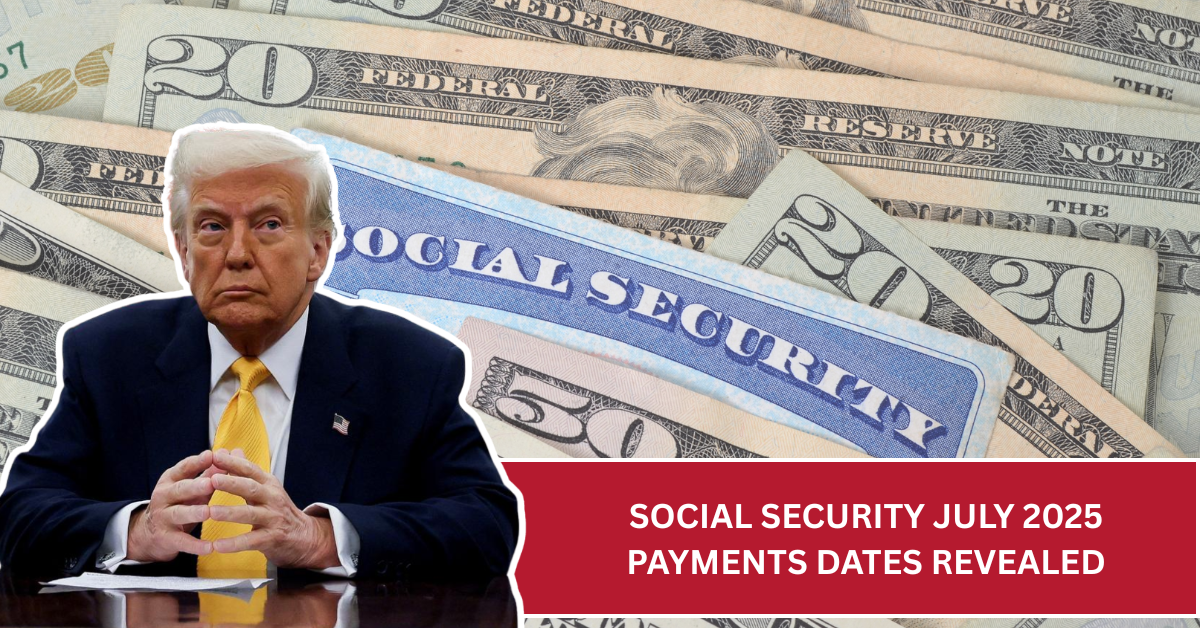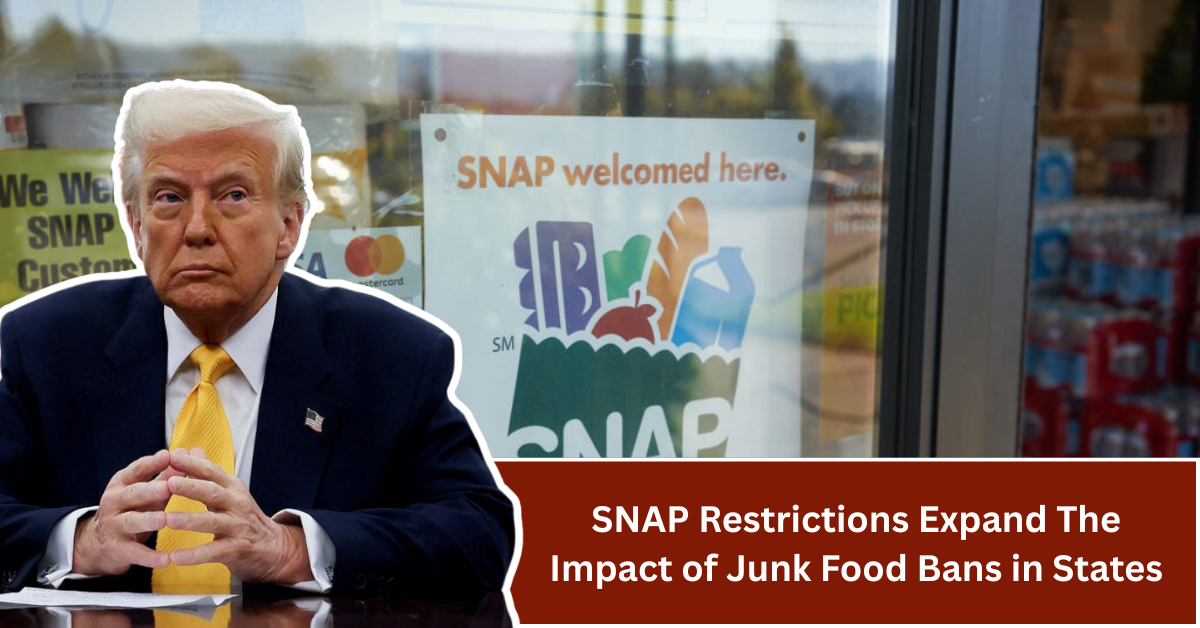The student loan relief that helped many during the pandemic is coming to an end, and it’s causing concern for borrowers everywhere. Thanks to recent decisions by the US Congress and the Supreme Court, the temporary measures that paused repayments and eased financial pressure are being rolled back. This means borrowers will soon have to restart payments, and interest on their loans will begin to add up again.
For many young borrowers, especially those still struggling to find steady jobs, this change feels like a heavy burden. The pause helped millions keep their finances stable during uncertain times. Now with repayments resuming on 1 October 2025, and the courts limiting the idea of widespread loan forgiveness, students and graduates need to prepare for harder times ahead.
What Exactly Are the COVID Forbearance Perks?
This Article Includes
- 1 What Exactly Are the COVID Forbearance Perks?
- 2 Congress Ends the Relief in the Latest Budget Bill
- 3 Supreme Court Limits Blanket Loan Forgiveness
- 4 What This Means for Borrowers Going Forward
- 5 Tips to Manage Student Loan Repayments
- 6 Why This Matters for Young Borrowers in India and Abroad
- 7 Looking Ahead: What Borrowers Can Expect
During the COVID-19 pandemic, the US government introduced special relief measures for student loan borrowers. These perks included pausing monthly loan repayments and stopping interest from growing. This period of “forbearance” meant borrowers did not need to worry about making payments and didn’t see their debts increase.
For many, these perks were a welcome relief. The pause lasted for over two years and gave borrowers time to recover from job losses or reduced income. But these benefits were only temporary, meant to help during the public health emergency.
Congress Ends the Relief in the Latest Budget Bill
In the recent federal budget bill, Congress decided to officially end the COVID forbearance benefits. This means that starting from 1 October 2025, borrowers will have to start repaying their student loans again. Interest will also start to accumulate immediately, which will make the overall debt grow faster if payments aren’t made on time.
This decision came as part of efforts to manage the national budget but puts pressure on borrowers who had grown used to the relief. Many worry about how they will manage monthly repayments, especially with the rising cost of living and inflation.
Supreme Court Limits Blanket Loan Forgiveness
Another critical development affecting borrowers is a recent Supreme Court ruling. The court limited the government’s ability to offer broad student loan forgiveness programs. While some loan forgiveness plans had been proposed to cancel a large amount of debt for many borrowers, the court’s decision blocked these sweeping measures.
Instead, borrowers now have fewer options for debt relief, meaning most people will need to pay back their full loans without expecting large-scale forgiveness. This ruling has disappointed many who had hoped for debt cancellation as a way to ease financial burdens.
What This Means for Borrowers Going Forward
The combined impact of Congress ending forbearance and the Supreme Court limiting forgiveness means student loan borrowers face growing challenges. Starting 1 October 2025, repayments will resume with interest. This can quickly increase the total loan amount if payments fall behind.
Borrowers should prepare by reviewing their loan details, budgeting carefully, and exploring repayment options such as income-driven plans. Understanding how much is owed and what plans are available can help manage the burden and avoid financial stress.
Tips to Manage Student Loan Repayments
With the return of repayments, it’s important to be proactive. First, borrowers should check the exact amount they owe and their repayment schedules. Many lenders provide portals where this information is easily accessible.
Second, setting up automatic payments can help avoid missed payments, which contribute to late fees and more interest. Also, exploring income-driven repayment plans can adjust monthly payments based on income, making it more manageable for those with lower earnings.
Why This Matters for Young Borrowers in India and Abroad
Though this news is mainly about US student loans, it resonates with young learners everywhere, including India. Many Indian students study in the US or take loans for higher education abroad. Understanding these changes helps them plan better and avoid surprises.
Furthermore, it highlights the importance of careful financial planning and being aware of loan terms regardless of where you study. Education is an investment, but it is crucial to manage debt smartly to avoid long-term problems.
Looking Ahead: What Borrowers Can Expect
While the repayment restart is tough news, borrowers still have options. Programs and policies may evolve, and some targeted forgiveness or relief could appear in the future. Staying informed and adapting to changes is key.
For now, being prepared financially, understanding loan obligations, and seeking advice where needed will help borrowers navigate this challenging period more confidently.


































